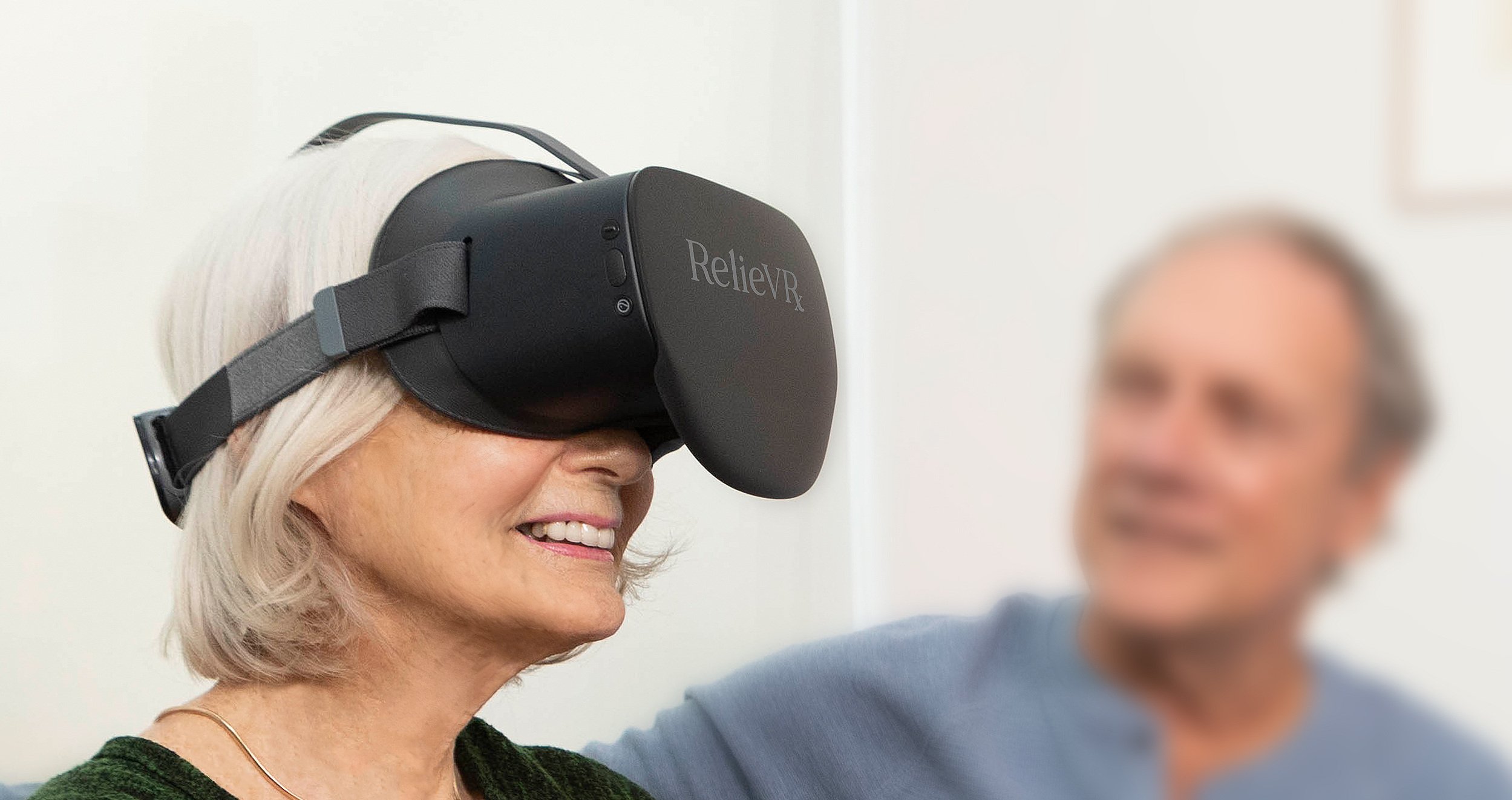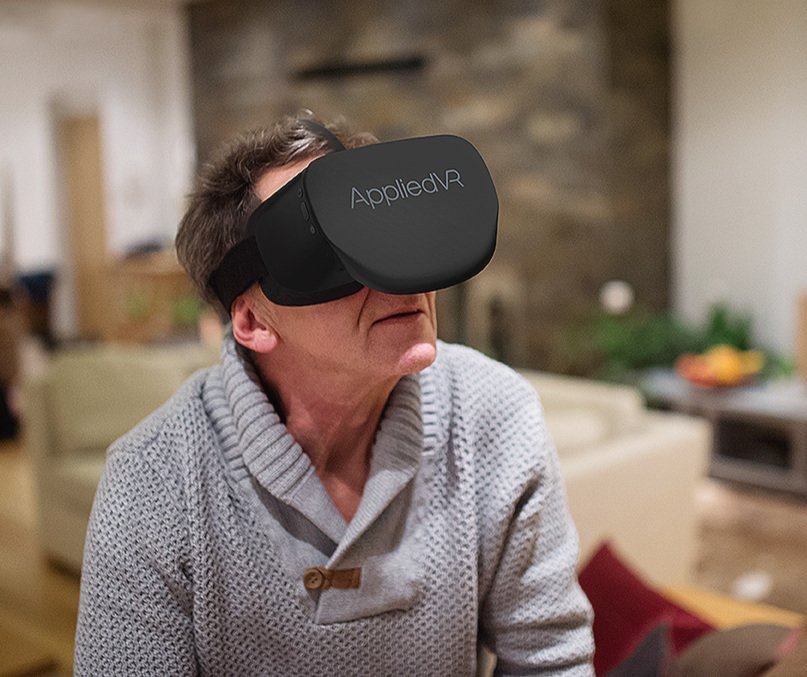Virtual Nature Scenes May Help Relieve Minor Pain
/By Crystal Lindell
Nature scenes may help relieve minor acute pain – even if you only “see” the nature scene in a virtual reality program. That’s according to new research published this week in, appropriately, the journal Nature Communications.
Researchers administered mild electric shocks to cause a pain response in 49 healthy volunteers, and then showed them a virtual reality scene that was either a nature scene of a lake, an urban cityscape, or an indoor office setting.
The researchers then used both brain scans and self-reported pain reactions to analyze whether any of the scenes reduced pain.
NATURE COMMUNICATIONS
They found that areas of the brain that handle physical pain signals were less active when people saw the virtual nature scene. Self-reported pain also was lower in the nature vs. urban and indoor settings.
I will admit that, at first, I didn’t want to believe that “virtual nature scenes” could have the same mental effect as actual, living nature. But then I quickly realized that I did enjoy virtual nature scenes, fake or not.
Every morning, after watching the news, I open the YouTube app on my Roku and select a calming nature scene to play on the TV throughout the day. In the winter, it’s a roaring fire; in the spring, a calming rainy scene; in the summer, ocean waves; and in the fall, autumn leaves rustling.
While I’m not sure if any of the YouTube nature scenes help my physical pain, I do think they help calm my anxiety – in the same way that watching the news usually increases my anxiety.
Of course, the mostly Austrian research team couldn’t resist slipping in a little anti-opioid messaging, writing:
“Besides advancing our basic knowledge, such research may have considerable importance for efforts to complement pharmaceutical treatment approaches, with their well-documented negative side effects and addictive properties.”
While I’m glad they used the word “complement” instead of “replace,” it’s their mention of “negative side effects and addictive properties” that makes it clear that they do want this research to eventually lead to non-opioid pain treatments.
But when you actually look at the study, you’ll see that it very specifically looks only at minor, acute pain. So this research should not be used to reduce pain medications for people with chronic pain.
I’m not accusing the authors of wanting that, since they clearly think more studies are necessary. But in our current opioid-phobia environment, I do have concerns about doctors seeing the study headline and giving patients “go look at a lake” advice to reduce medication-based pain treatments.
Ideally, research like this would be used responsibly, inspiring healthcare providers to add more natural elements to places like doctor’s offices and even nursing homes – whether those nature elements are virtual, digital or physical paintings.
Previous research has found that patients recovering from surgery used fewer analgesics and recovered faster if their hospital window gave them a view of trees, rather than a brick wall.
However, I remain extremely doubtful that this type of research will ever result in finding a way to use nature elements as an effective pain treatment in any way that even reduces the need for pain medication.




















